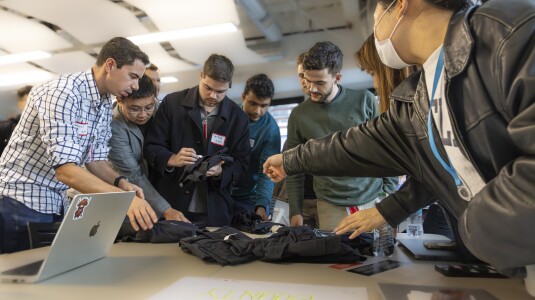Error correction of quantum reference frame information
2021
The existence of quantum error-correcting codes is one of the most counterintuitive and potentially technologically important discoveries of quantum-information theory. In this paper, we study a problem called “covariant quantum error correction”, in which the encoding is required to be group covariant. This problem is intimately tied to fault-tolerant quantum computation and the well-known Eastin-Knill theorem. We show that this problem is equivalent to the problem of encoding reference-frame information. In standard quantum error correction, one seeks to protect abstract quantum information, i.e., information that is independent of the physical incarnation of the systems used for storing the information. There are, however, other forms of information that are physical—one of the most ubiquitous being reference-frame information. The basic question we seek to answer is whether or not error correction of physical information is possible and, if so, what limitations govern the process. The main challenge is that the systems used for transmitting physical information, in addition to any actions applied to them, must necessarily obey these limitations. Encoding and decoding operations that obey a restrictive set of limitations need not exist a priori. Equivalently, there may not exist covariant quantum error-correcting codes. Indeed, we prove a no-go theorem showing that no finite-dimensional, group-covariant quantum codes exist for Lie groups with an infinitesimal generator [e.g., U(1), SU(2), and SO(3)]. We then explain how one can circumvent this no-go theorem using infinite-dimensional codes, and we give an explicit example of a covariant quantum error-correcting code using continuous variables for the group U(1). Finally, we demonstrate that all finite groups have finite-dimensional codes, giving both an explicit construction and a randomized approximate construction with exponentially better parameters. Our results imply that one can, in principle, circumvent the Eastin-Knill theorem.
Research areas




